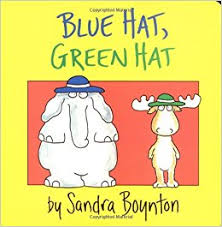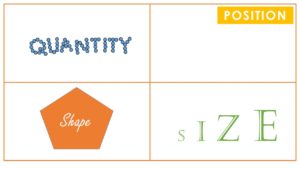Math Play: Halloween Edition
Back in March I wrote a blog post about using “candy holidays” as a great opportunity for engaging with counting collections. Halloween is just about the biggest candy holiday there is, so I thought I’d link back to that post and also share our Halloween postcard. The postcard is available as a print-ready file and makes a great handout at Halloween events.
Of course, math play opportunities abound at this time of year, just like they do at anytime–not just on Halloween itself. Pumpkins are another great opportunity to engage in some fun math conversations, especially since they are piled up in front of grocery stores all month long. You could play any of our math games with pumpkins.
Two pumpkins? Play Same or Different?
Four pumpkins? Play Which One Doesn’t Belong?
A big group of pumpkins like the photo above? Play Find This Many, How Many, Find Shapes or explore size relationships with questions like:
- Big or Small?
- Which one is the biggest?
- Which one is the smallest?
- How did you measure?
- Can you find a pumpkin smaller than your head?
- Can you find a pumpkin taller than your knee?
Halloween is also rich with children’s books and movies that can be conducive to early math learning. One example that comes to mind is the book Big Pumpkin (one of my oldest son’s favorites when he was in preschool). On the face, the book isn’t ‘about math’, but it has a repeating element that ties in nicely with noticing patterns.
What are your favorite Halloween math activities? Leave us a comment and let us know!
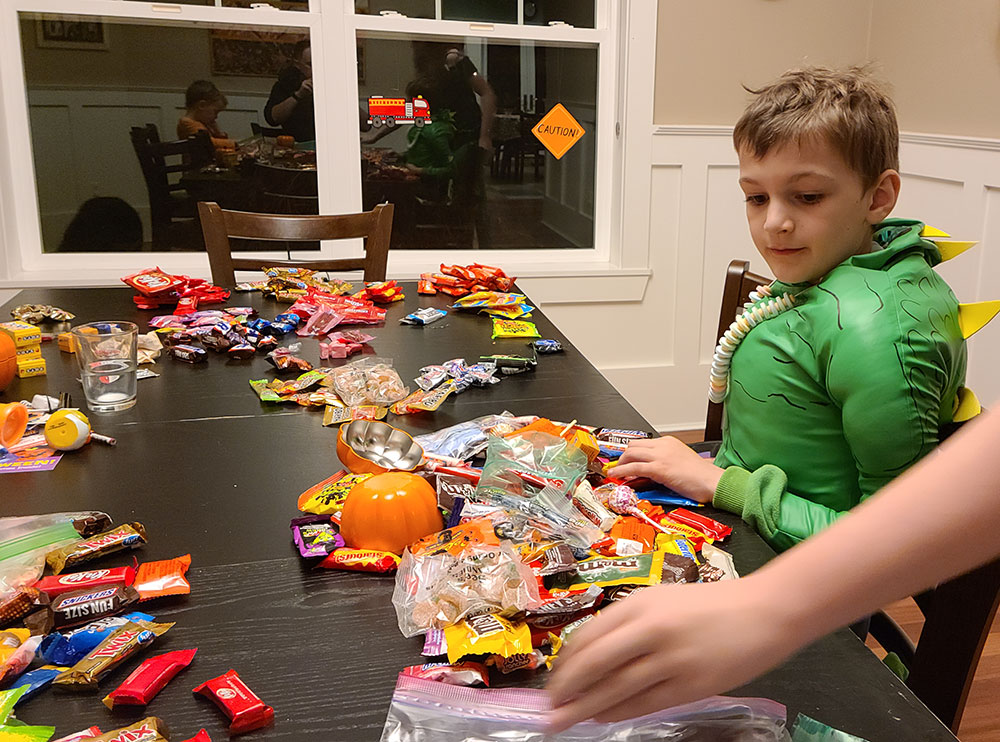
Candy negotiations in full swing in my house after one Halloween. You can see that some kids love to sort and count their candy obsessively, while others are happy with just a big ol’ pile.

Melissa Burt
Guest Contributor
Melissa is an award-winning Senior Graphic Designer & Content Strategist at Educational Service District 112 who provides design for Math Anywhere's printed and online materials. She is also the mother of four math-curious kiddos.
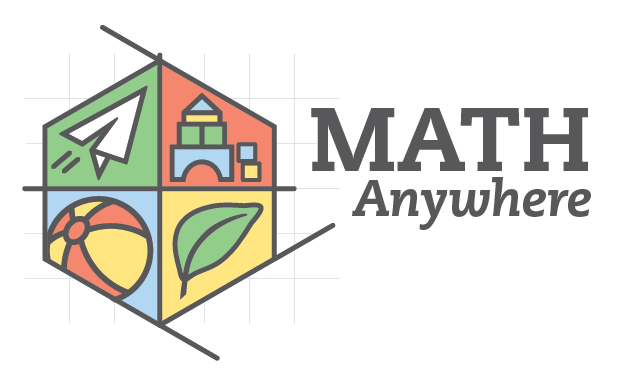
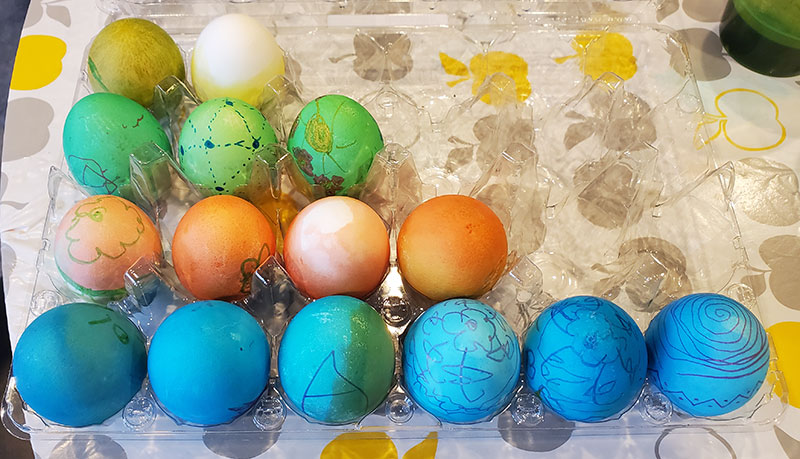
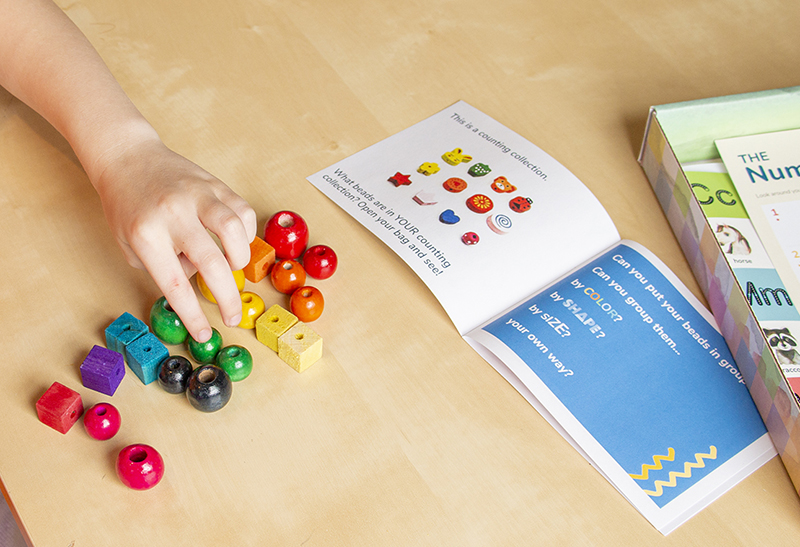
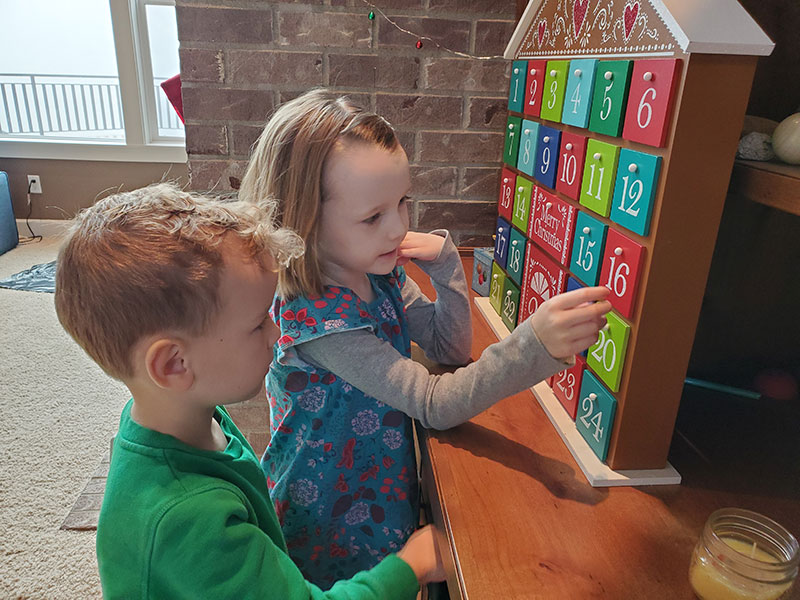
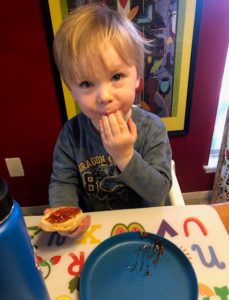 Mom: [gives Cal a plate with one biscuit]
Mom: [gives Cal a plate with one biscuit]
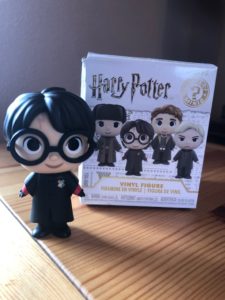 To market anything to the 10 and under crowd these days all you need to do is add some big eyes and the element of surprise. For my son (10) and my niece (8) this holiday Harry Potter Mystery Mini-figures became the obsession. With one figure each in hand we started our seven store sold-out toy search for more. I eavesdropped in on their backseat chatter as we traveled from store to store.
To market anything to the 10 and under crowd these days all you need to do is add some big eyes and the element of surprise. For my son (10) and my niece (8) this holiday Harry Potter Mystery Mini-figures became the obsession. With one figure each in hand we started our seven store sold-out toy search for more. I eavesdropped in on their backseat chatter as we traveled from store to store.
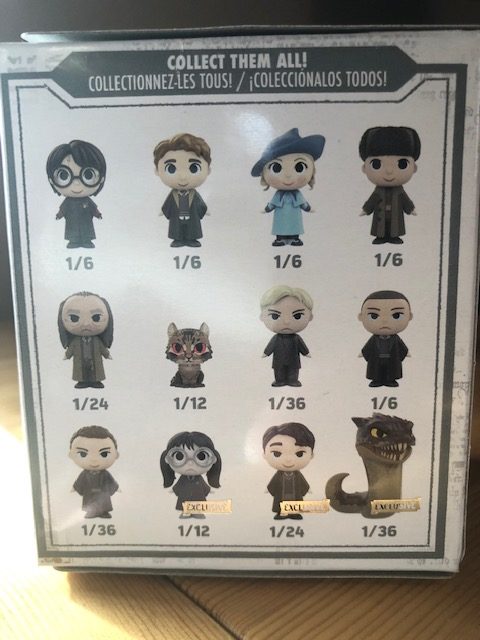 The back of the box kept them occupied as they began to categorize the figures into four groups: 1) common – 1/6 odds 2) uncommon- 1/12 odds 3) rare – 1/24 odds and 4) epic – 1/36 odds. They went on to discuss their ideas about how many you would have to buy to get all 12 figures in this series. They also had boxes from 2 different series, which both included Harry Potter, of course. “How many Harry’s would you get if you tried to collect all the figures?” they wondered. And, “What are the chances we both get an ‘epic’?” and “What are the chances we get the same figure?” Somehow, nobody but me was wondering, “How many stores will we have to visit?” or “How many miles have we covered so far?” Occasionally they turned to the calculator on my phone to work out some of their reasoning. I have no idea if their math was correct. This is partly because my attention was on the road, but also because it didn’t really matter to me in that moment if it was. This was a mathematical conversation between two kids who were motivated to explore this situation. What more can I ask? I work hard to be patient and accepting of math ideas, trusting that correct methods will show up with time. I don’t need to do anything in this moment, but listen. Even by asking a question I might run the risk of derailing the conversation, or zapping their energy.
The back of the box kept them occupied as they began to categorize the figures into four groups: 1) common – 1/6 odds 2) uncommon- 1/12 odds 3) rare – 1/24 odds and 4) epic – 1/36 odds. They went on to discuss their ideas about how many you would have to buy to get all 12 figures in this series. They also had boxes from 2 different series, which both included Harry Potter, of course. “How many Harry’s would you get if you tried to collect all the figures?” they wondered. And, “What are the chances we both get an ‘epic’?” and “What are the chances we get the same figure?” Somehow, nobody but me was wondering, “How many stores will we have to visit?” or “How many miles have we covered so far?” Occasionally they turned to the calculator on my phone to work out some of their reasoning. I have no idea if their math was correct. This is partly because my attention was on the road, but also because it didn’t really matter to me in that moment if it was. This was a mathematical conversation between two kids who were motivated to explore this situation. What more can I ask? I work hard to be patient and accepting of math ideas, trusting that correct methods will show up with time. I don’t need to do anything in this moment, but listen. Even by asking a question I might run the risk of derailing the conversation, or zapping their energy.